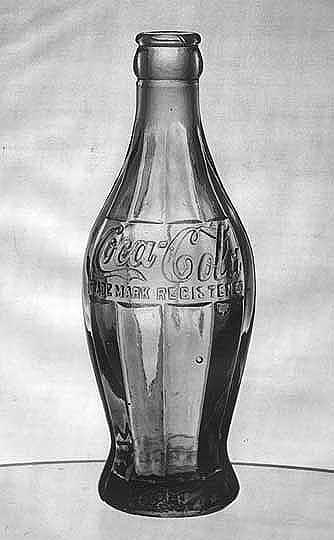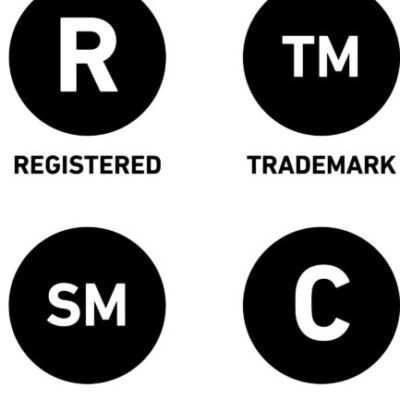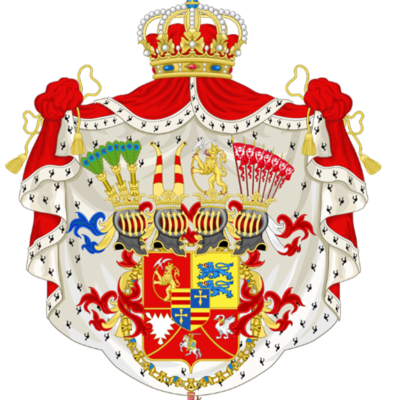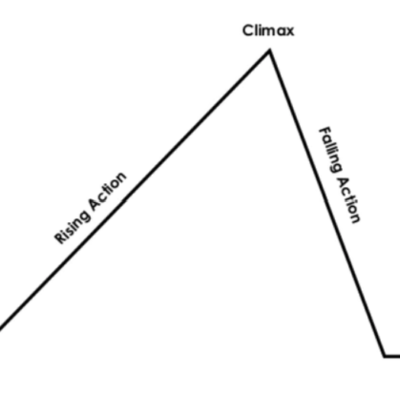Since Ford’s time and motion experts went into the factory, thinking up business strategy models has been a veritable industry.
Armies of schools, management consultants, academics, writers, planners – never mind the practitioners - have produced triangles, onions, ladders, boxes and matrices …
But they can help and these are some of the legendary ones:
1. The McKinsey 7-S Model
Developed by business consultants R. Waterman and T. Peters (who also developed MBWA-- "Management By Walking Around" and authored In Search of Excellence) in the 1980s. This was a strategic vision for groups, to include businesses, business units, and teams. The 7 Ss are structure, strategy, systems, skills, style, staff and shared values.
The model is based on the theory that, for an organisation to perform well, these seven elements need to be aligned and mutually reinforcing.
Whatever the type of change – restructuring, new processes, organisational merger, new systems, change of leadership, and so on – the model can be used to understand how the organisational elements are interrelated, and so ensure that the wider impact of changes made in one area is taken into consideration.

2. The 4 ‘P’ s.
Marketing is always evolving and if it stands still for too long, power is lost. One example of this evolution has been the fundamental changes to the basic Marketing mix, created in 1960.
Where once there were 4 Ps to explain the mix, nowadays it is a more developed 7 Ps. However, here are the original 4 ‘P’s:
- Product: A product can be either a tangible good or an intangible service that fulfils a need or want of consumers. Whether you sell custom pallets and wood products or provide luxury accommodations, it’s imperative that you have a clear grasp of exactly what your product is and what makes it unique before you can successfully market it
- Price: Once a concrete understanding of the product offering is established we can start making some pricing decisions. Price determinations will impact profit margins, supply, demand and marketing strategy. Similar (in concept) products and brands may need to be positioned differently based on varying price points, while price elasticity considerations may influence our next two Ps.
- Promotion: We’ve got a product and a price now it’s time to promote it. Promotion looks at the many ways marketing agencies disseminate relevant product information to consumers and differentiate a particular product or service. Promotion includes elements like: advertising, public relations, social media marketing, email marketing, search engine marketing, video marketing and more. Each touch point must be supported by a well positioned brand to truly maximize return on investment.
- Place: Often you will hear marketers saying that marketing is about putting the right product, at the right price, at the right place, at the right time. It’s critical then, to evaluate what the ideal locations are to convert potential clients into actual clients. Today, even in situations where the actual transaction doesn’t happen on the web, the initial place potential clients are engaged and converted is online.

3. The AIDA model
Attention, Interest, Desire, and Action is an advertising effect model that identifies the stages that an individual goes through during the process of purchasing a product or service:
- Attention: The first step in marketing or advertising is to consider how to attract the attention of consumers.
- Interest: Once the consumer is aware that the product or service exists, the business must work on increasing the potential customer’s interest level.
- Desire: After the consumer is interested in the product or service, then the goal is to make consumers desire it, moving their mindset from “I like it” to “I want it.”
- Action: The ultimate goal is to drive the receiver of the marketing campaign to initiate action and purchase the product or service.
Therefore it says that Awareness leads to Interest, which leads to Desire, and finally, Action.
Many criticise it for being too simplistic – which is why there are many variations eg AIDCAS (Action, Interest, Desire, Confidence, Action, Satisfaction) model, REAN (Reach, Engage, Activate, and Nurture) model, NAITDASE (Need, Attention, Interest, Trust, Design, Action, Satisfaction, Evaluation) etc.

4. The Ansoff Matrix
The Ansoff Matrix, also called the Product/Market Expansion Grid, is a tool used by firms to analyse and plan strategies for growth. It was developed by mathematician and businessman, Igor Ansoff, in 1957. The four strategies are:
- Market Penetration: This focuses on increasing sales of existing products to an existing market.
- Product Development: Focuses on introducing new products to an existing market.
- Market Development: This strategy focuses on entering a new market using existing products.
- Diversification: Focuses on entering a new market with the introduction of new products.
Used by itself it could be misleading. It does not consider competitors and the ability for competitors to counter moves into other industries. It also fails to consider the challenges and risks of changes to BAU activities. Think Covid!
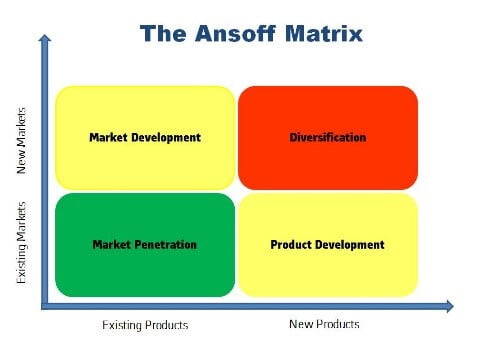
5. The BCG matrix
This was created by Boston Consulting Group to evaluate the strategic position of the business brand portfolio and its potential. It classifies business portfolio into 4 categories based on industry attractiveness and competitive position. These two dimensions reveal likely profitability of the business portfolio in terms of cash needed to support that unit and cash generated by it. The general purpose of the analysis is to help understand which brands the firm should invest in and which ones should be divested. The four are:
- Dogs: Dogs hold low market share compared to competitors and operate in a slowly growing market. In general, they are not worth investing in because they generate low or negative cash returns. But this is not always the truth. Some dogs may be profitable for long period of time, they may provide synergies for other brands or SBUs or simple act as a defence to counter competitors moves. Therefore, it is always important to perform deeper analysis of each brand or SBU to make sure they are not worth investing in or have to be divested.
- Cash cows: Cash cows are the most profitable brands and should be “milked” to provide as much cash as possible. The cash gained from “cows” should be invested into stars to support their further growth. According to growth-share matrix, corporates should not invest into cash cows to induce growth but only to support them so they can maintain their current market share. Again, this is not always the truth. Cash cows are generally large corporations or SBUs that are capable of innovating new products or processes, which may become new stars. If there would be no support for cash cows, they would not be capable of such innovations.
- Stars: Stars operate in high growth industries and maintain high market share. Stars are both cash generators and cash users. They are the primary units in which the company should invest its money, because stars are expected to become cash cows and generate positive cash flows. Yet, not all stars become cash flows. This is especially true in rapidly changing industries, where new innovative products can soon be outcompeted by new technological advancements, so a star instead of becoming a cash cow, becomes a dog.
- Question marks. Question marks are the brands that require much closer consideration. They hold low market share in fast growing markets consuming large amount of cash and incurring losses. It has potential to gain market share and become a star, which would later become cash cow. Question marks do not always succeed and even after large amount of investments they struggle to gain market share and eventually become dogs. Therefore, they require very close consideration to decide if they are worth investing in or not.
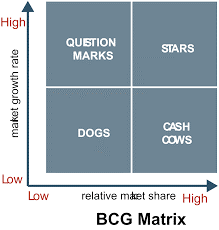
And lastly, the Anew Model
Based on asking one simple question first – is your brand strategy as competitive as it needs to be right now?
Marketers and brands should now be having the conversations that will set direction for the coming era – especially post Covid.
And that's where we can help:
Anew are brand development and marketing specialists for ambitious businesses of excellence. We help companies increase brand profitability through sharper insights, distinctive propositions, creative ideas and faultless execution. We are particularly adept at working directly with luxury brands, business owners, start-ups and entrepreneurs who are committed to sustainability, outstanding quality and craft.
You can read more about us here
And if you’d like to discuss a potential project, do get in touch
